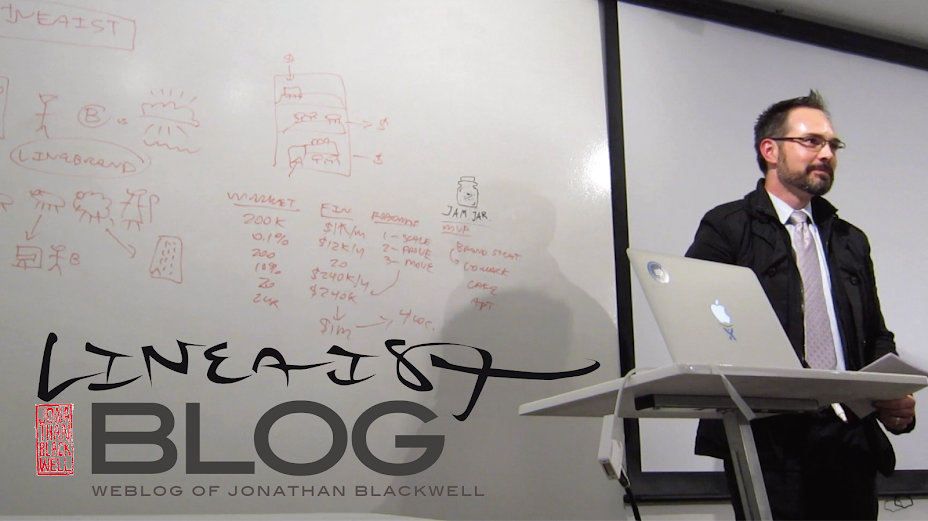A new series of paintings by Lineaist Artist, Jonathan Blackwell, titled "Eagle Feathers" will be on display for First Friday at Tornado Gallery in Lubbock's historic Depot District. Despite the absence of a listing in First Friday's news release, THE GALLERY IS OPEN.
Jonathan majored in Visual Art at Duke University after graduating from Lubbock High School in 1997. In 2001 he founded the Lineaism art movement, incorporating responses to culture and technology through a personalized form of geometric abstract expressionism.
Jonathan and his wife Angela Nash-Blackwell moved back to Lubbock from Sydney, Australia where he finished his MBA in 2010 and worked internationally as a management consultant before returning to create the new Marketing Department at the Museum of Texas Tech in 2015.
In 2016 the couple founded Nashwell LLC to commericalize Angela's fashion label Ampersander.com and her lifestyle blog Southern-From-Another.blogspot.com as well as Jonathan's artwork, Lineaist.com and his marketing agency, Linebrand.com.au, currently on contract with Identify Corporate Innovations, identifyci.com.
"Eagle Feathers" is a calm echo of "Bipartisan Left Wing and Right Wing" (2002), a charged response to the characterization of political parties during the height of Operation Iraqi Freedom. In this diptych two contrasting wings signified peaceful collaboration against violent aggression.
Drawing from a renewed faith during his time in the Jewish and Christian communities of Australia, Jonathan's abstract work now incorporates subtle themes of the Holy Trinity. The numbers 3 and 9 are ubiquitous, from the number of shapes and colors to the spacing of elements, dimensions, and even the date created.
In "Eagle Feathers 01" for example, 9 shapes are rotated at 33º to signify the age of Jesus Christ on The Cross, painted with three shades of blue and green as a reference to blue sky and green grass, the connection between Heaven and Earth. Rather than divisive Blue and Red, we are all a products of this blue and green.
From there Eagle Feathers 02, 03, and 04 are composed of modified shapes, each manipulated by 9 keystrokes in a digital program to print the next stencil. Each shape is stacked on itself, and with these manipulated mutations the angular perfection of 33º is corrupted, created shapes the viewer may related to angel wings.
Jonathan believes we are all created in God's image, yet our placement in society and how we relate to each other distorts the blueprint from which we were made. Even the materials used in Lineaist artwork echo this theme. Natural material of wood panels, like the Earth and Sky created by God, has been manufactured and manipulated to create plywood, just as we mine the Earth for mineral wealth and charge the sky with fuel emissions.
The calming color palette is chosen deliberately to calm the viewer, in light of the deeper understanding of our surroundings the artist begs of us. To give back to the art community of which Jonathan is a small part, he and his wife are regular contributors to The Medici Circle - Supporting Texas Tech School of Art where Angela serves on their Board of Directors. "Eagle Feathers" is on display at Tornado Gallery throughout February 2017. For more information, visit www.lineaist.com/lineaism.




